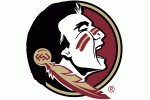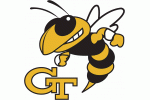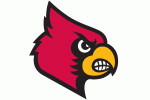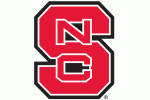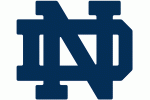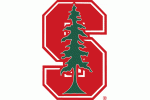A look at what Syracuse and any other potential bubble team is up against.
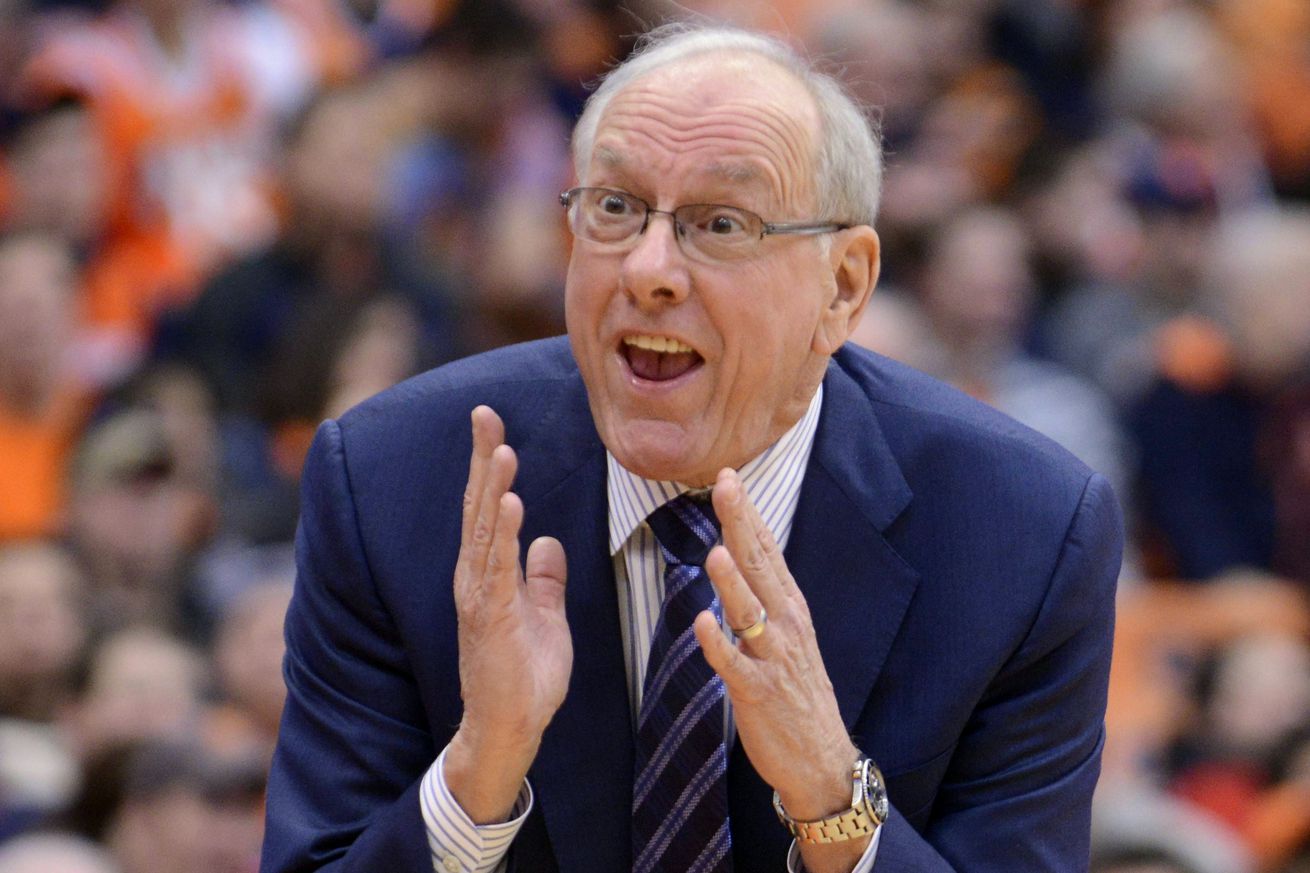 As of last night, the Syracuse Orange have a 15-8 record, a couple big wins, an RPI of 41 and a strength of schedule (SOS) of 28 (according to the NCAA). With or without any NCAA Tournament Committee consideration for the team's time without Jim Boeheim, SU will certainly be hanging around the bubble come March. We know this.
As of last night, the Syracuse Orange have a 15-8 record, a couple big wins, an RPI of 41 and a strength of schedule (SOS) of 28 (according to the NCAA). With or without any NCAA Tournament Committee consideration for the team's time without Jim Boeheim, SU will certainly be hanging around the bubble come March. We know this.
But based on past NCAA Tournament results, we can at least get a better idea of their -- and any bubble team's -- chances should those (admittedly, pretty solid) numbers hold.
Top-50 Finishes are Key
Since the 1999-2000 season, just 70 teams with a top-50 RPI come Selection Sunday have missed the NCAA Tournament. That's just nine percent of all teams in that stretch with a top-50 RPI, or an average of 4.4 teams per season missing. It's also heavily influenced by a weird two-year stretch (2006 and 2007) where 16 top-50 teams missed the Big Dance. You may recognize one of them immediately. In 2007, Syracuse had an RPI of 50 and a SOS of 2, yet were famously left out. Outside of that two-year stretch, the average was just 3.4.
Top-40s are Even Better
All top-50 profiles were also not created equal. Those top-50 teams that have been left out were largely (67 percent) rated 41-50. That doesn't mean they were less worthy of a Tourney bid because of that slightly lower rating. But there's a slight correlation to be made between where you fall in that spectrum and your guarantees to get an invite. Some of the more notable exceptions to that theory, however: 2006 Missouri State (21), 2015 Colorado State (29), 2007 Air Force (30) and 2006 Hofstra (30). Those four teams have something in common, however...
Power Conferences Still Have an Advantage
The four top-30 teams left out above were all in non-power leagues. And that's indicative of the larger trend throughout the entire 16-year stretch we're looking at. Just 36 percent of the top-50 RPI teams left out of the NCAAs were in a power conference (meaning 64 percent were in non-power leagues). If that sounds like a closer comparison than you'd think, then look instead at the recent seasons from 2008 through 2015. In that stretch, just three power conference teams were left out, vs. 25 non-power teams. So despite non-power teams seemingly gaining more success in the actual tournament results, the standards for them participating have never been higher.
The last top-50 RPI ACC team to miss the NCAA Tournament was all the way back in 2006-07, when Florida State's SOS of 94 stopped them from being selected.
Strength of Schedule's Secondary, But Still Important
Strength of schedule (SOS) is always seen as the add-on to RPI in a team's resume. And with good reason. While a top-50 RPI gets you into the Dance at a pretty high rate, 41-percent of those top-50 RPI teams left out also had a top-50 SOS. Teams with a top-40 SOS as well fared better (made up just 30 percent of the total), but that's still a far cry from the RPI breakdown of top-40 vs. top-50 up above. We bring up a comparison close to home again -- the same one as before. Syracuse's 2007 squad was second overall in SOS and was left out, as were another 11 teams that had top-20 SOS ratings. The knock on those resumes? Either total losses or lack of notable wins despite ample chances to rack those up given the tougher schedule.
Poor SOS is probably even more important than a quality SOS, to be honest. Over 27 percent of those left out had a SOS above 100, and 40 percent had an SOS of 75 or higher. Not overwhelming, but the message is pretty clear that SOS can help or harm your case, no matter what your RPI looks like.
***
The good and bad for Syracuse right now is that there are still games to play. The Orange's RPI of 41 and SOS of 28 are both solid figures right now, and if they stay that way, there's a very, VERY good chance they make the Tournament. But they can clearly play their way out too. Or could even find a way to miss while maintaining these numbers. A look at all 70 teams in the sample shows that six schools actually had better resumes than what Syracuse currently has, though none since a 2009 San Diego State team that was left out with a 34 RPI and 33 SOS. There were also 11 teams that had very similar resumes in the sample, though all but two (2013 Marshall, 2011 Colorado State) occurred in 2006 or earlier.
Has the committee gotten better at its job? Possibly. Or maybe the numbers matter even more than they used to, instead (take or leave that as improvement). Syracuse and every other bubble team has a ways to go before final decisions come around, but for the time being, this is exactly the situation you want to be when fighting for one of those precious at-large bids to the NCAA Tournament.
Want to take a look at the numbers yourself? Have at it.






